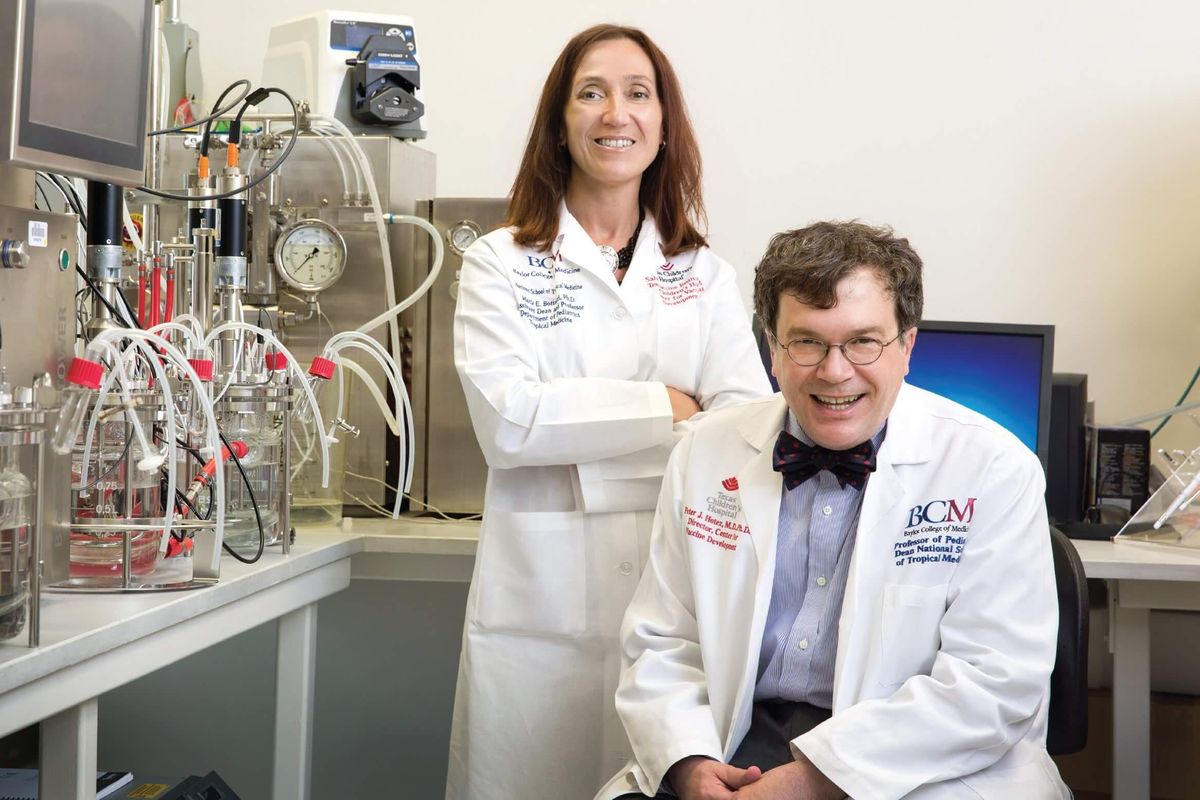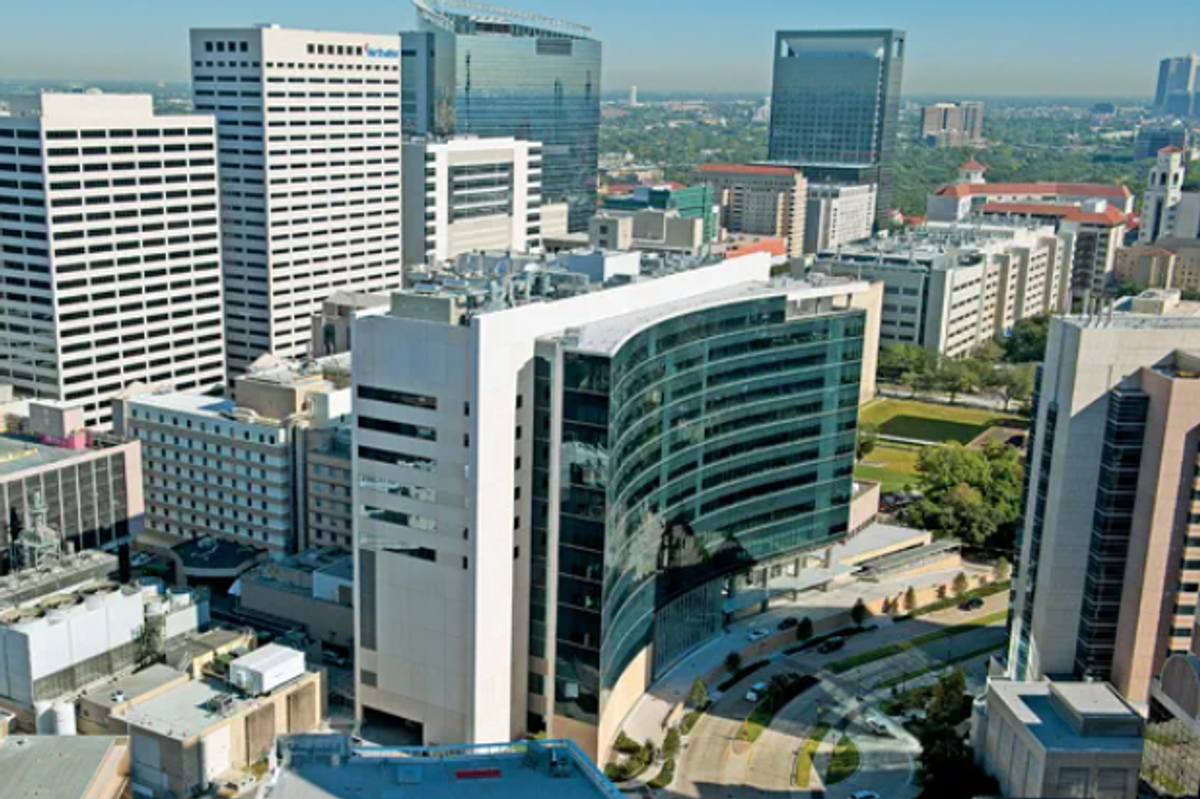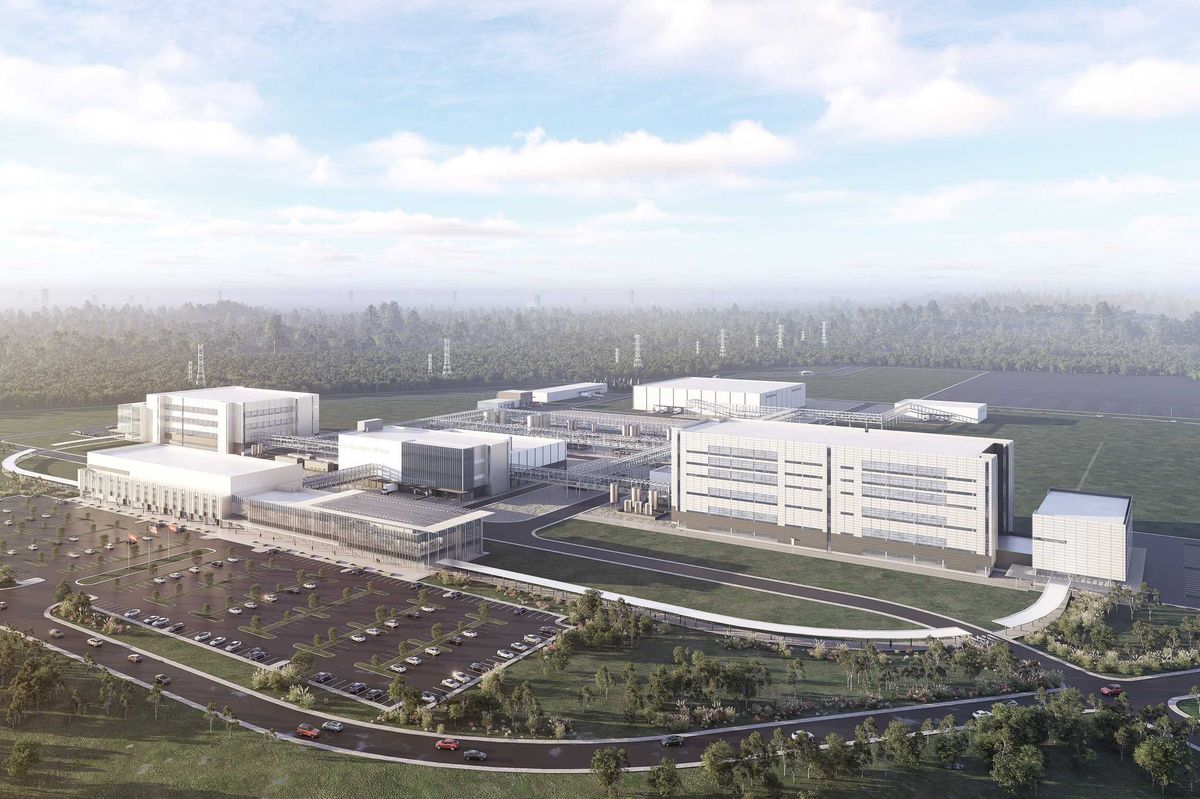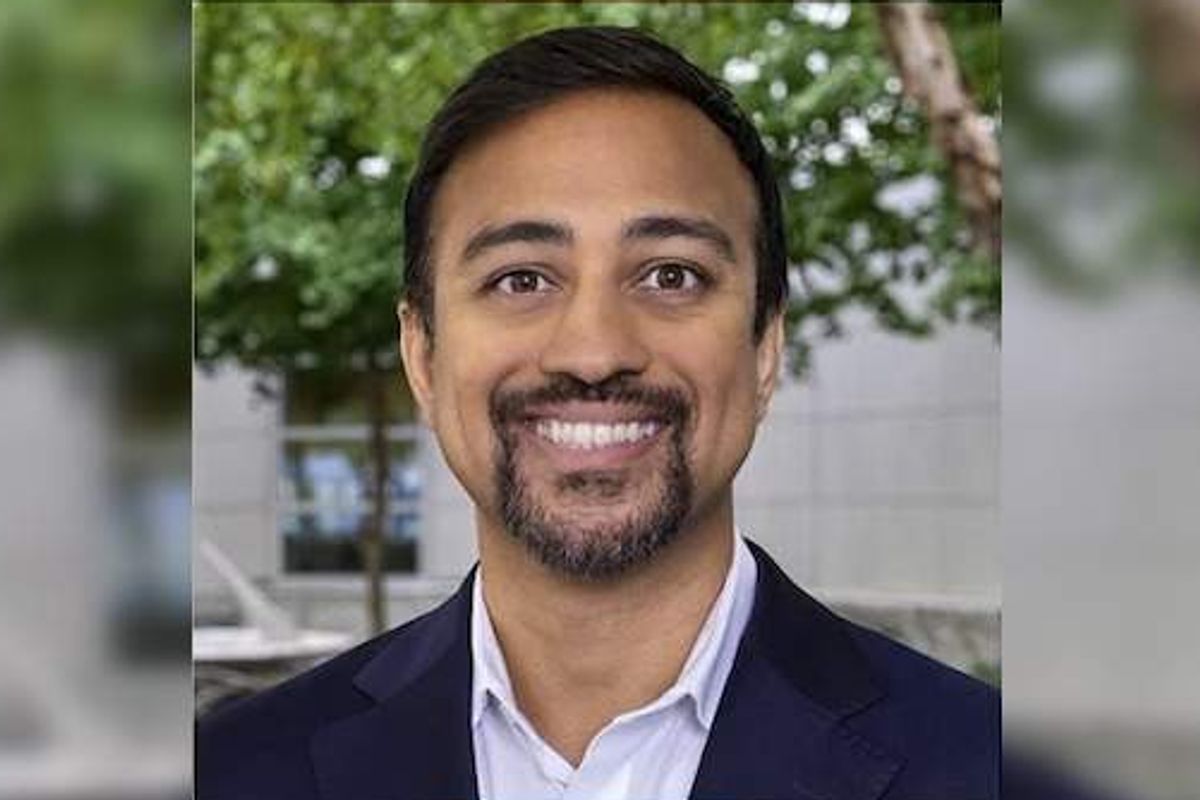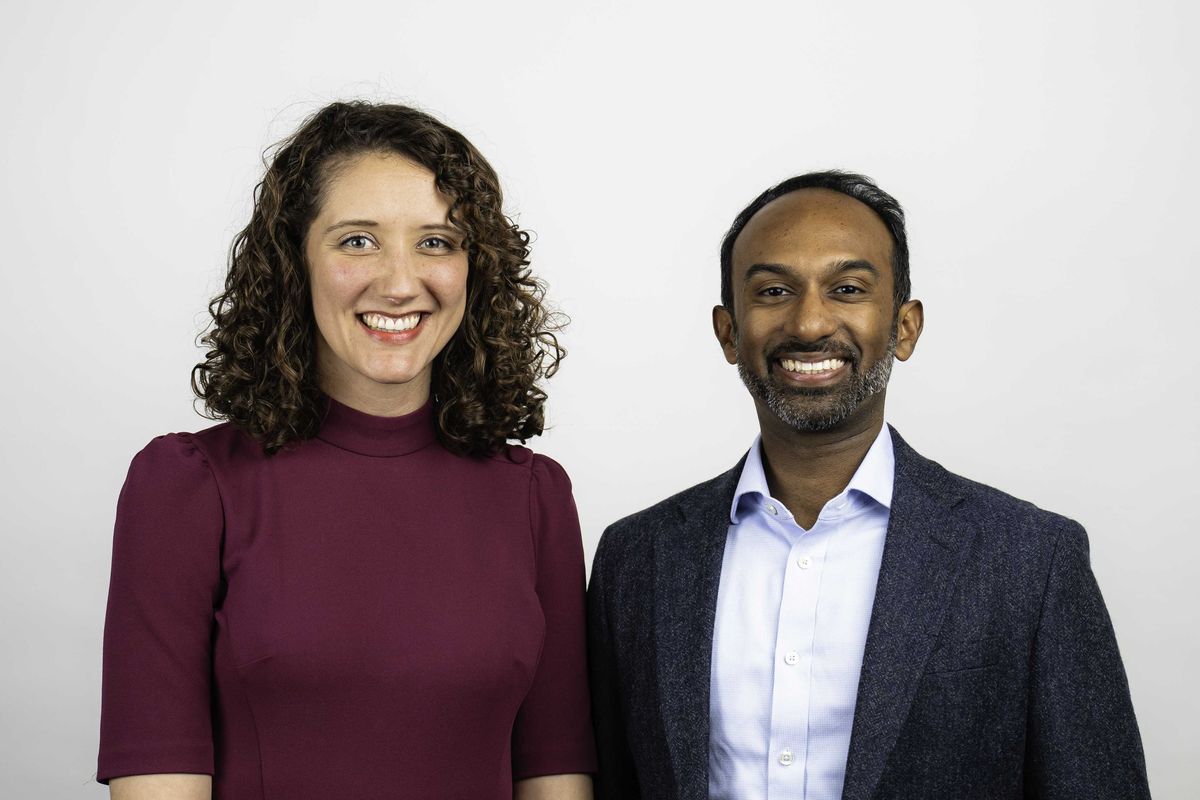In alliance with their mission of supporting Houston small businesses the Small Business Administration Houston District Office has expanded its partnerships.
The Houston SBA has joined forces with various organizations across a 32-county footprint.
“Small businesses represent an important and valuable resource in our community and our robust SBE program shows just how much small businesses can contribute when given the chance, and what it can mean in terms of overall economic benefits to the economy," Sabeeta Bidasie-Singh, director of business equity for Port Houston, says in a news release. “Collaborating with partners like the SBA is a key part of our success in supporting the small business ecosystem.”
Organizations signed a Strategic Alliance Memoranda to collaborate to further the interests of small businesses. In 2023, strategic partnerships included Greater Houston Partnership, Indo-American Chamber of Commerce, Houston Hispanic Chamber of Commerce, Fort Bend County Economic Opportunity & Development, Port Houston, Harris County Department of Economic Equity and Opportunity, Harris County Department of Education, Ion, Impact HUB, and Vision Galveston.
“Every small business deserves the chance to prosper,” Tim Jeffcoat, district director for Houston SBA, says in a news release. “SBA Houston strategically chose to partner with these important organizations so that small businesses of all kinds, everywhere in the 32-county Houston district, will benefit.”
SBA works with small business owners to assist with resources and support business growth and development. SBA also assists with businesses that need recovery from a declared disaster. SBA field offices and partnerships with public and private organizations like Ion help the city’s entrepreneurs.
“As a premiere destination for entrepreneurs to make their ideas a reality, we’re delighted to collaborate with the Small Business Administration to help Houstonians start, maintain and grow businesses,” Deanea LeFlore, senior director of Strategic Alliances at Ion, says in a news release. “We're excited to expand our relationships with the SBA to empower Houston’s small business community to scale their businesses, contributing to greater economic growth in the city.”

